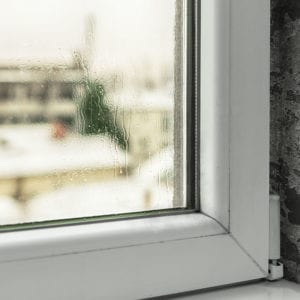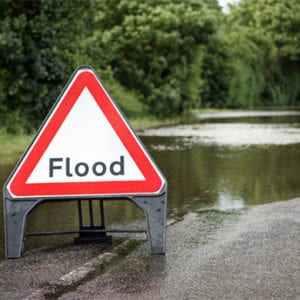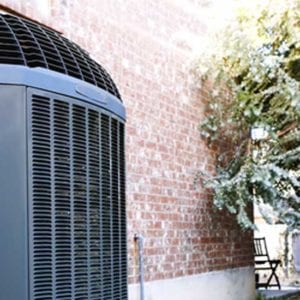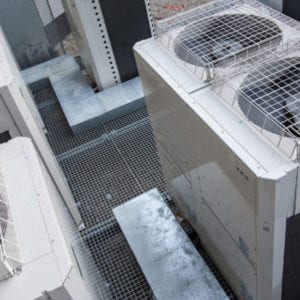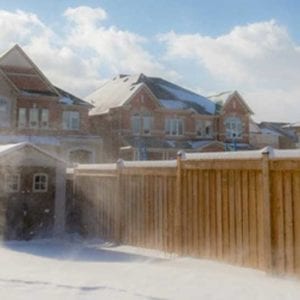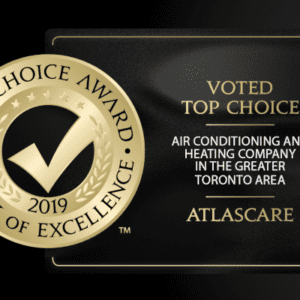What You Should Know About Your Home Ventilation
How much do you really know about your home’s ventilation system?
Home ventilation is something we all tend to forget about. It goes on while we go about our days unaware…until something goes wrong.
Ventilation may not be noticeable, but it is certainly crucial. It directly affects both the quality of your air and your life at home! There is often significant room for improvement when it comes to ventilation in homes new and old.
Here’s what you need to know about your whole-house ventilation system.
What is Whole-House Ventilation?
Whole-house ventilation is a method of indoor ventilation using a mechanical system. One or more fans and duct systems are used to remove stale air and supply fresh air from the outside into the house.
There are a few different types of whole-house ventilation systems, each with their own benefits and costs:
- Exhaust ventilation
- Supply ventilation
- Balanced ventilation
- Energy recovery ventilation
1. Exhaust Ventilation
Exhaust ventilation works by depressurizing your home by exhausting air from the house. While this occurs, fresh air that has been brought to the same temperature as the house (make-up air) is released inside.
In typical models, a single fan is connected to a centrally located exhaust point. Other models can connect multiple fans that have been placed in several rooms, such as the bedroom or bathrooms.
One potential drawback to this model is that pollutants could be drawn into the house along with fresh air: mould from crawlspaces, dust from attics or fumes and gases from fireplaces and connected garages.
2. Supply Ventilation
As opposed to the exhaust systems, supply ventilation systems pressurize your home. This means that a fan is used to push outside air inside of the building while air leaks from intentional vents and ducts. Like exhaust systems, supply ventilation models usually consist of one fan and duct system.
Supply systems minimize the number of pollutants entering living spaces because there is control over the air that enters the house. Pollen and dust are filtered from the outdoor air before entering.
It is not recommended that this type of ventilation be used for extreme warm or cold climates, as the moisture could lead to mould or mildew. Supply ventilation is ideal for mild climates.
3. Balanced Ventilation
Balanced ventilation systems are a combination of both exhaust and supply systems, but it neither pressurizes nor depressurizes your home. Fresh outside air and stale inside air are introduced and exhausted in equal quantities.
The two fans and two duct systems are strategically placed throughout the house in order to expel air wherever moisture and pollutants tend to build up. Filters are also used to remove dust and pollen from the outside air before entering inside.
Like exhaust and supply systems, balanced ventilation systems may need to mix the outdoor air with indoor air before entering the house. The downside of this is potentially higher heating and cooling costs.
4. Energy Recovery
Energy recovery ventilation systems provide a way to minimize the amount of energy lost while controlling the ventilation within the home. There are two types of energy recovery systems: HRVs and ERVs.
- In the winter, heat recovery ventilators (HRVs) reheat incoming cold air from outdoors by mixing it with the indoor heated air. This reduces the amount of energy used by your furnace. The HRV will do the opposite in the summer, cooling down the incoming warm air.
- Energy recovery ventilators (ERVs) follow the same principle as HRVs, but with one key difference: they also transfer a certain amount of water vapour along with energy. This vapour is used to regulate the humidity inside the home.
Both ERV and HRV systems recover 60%-80% of energy exiting the system.
Air Exchangers
HRVs and ERVs require small ventilation tools called air exchangers. An air exchanger mixes air drawn from inside and outside the house to heat the cold air or cool the warm.
What Can Happen If Your Ventilation Isn’t Working
When your ventilation system is failing, it’s often difficult to notice the effects early on. However, a malfunctioning ventilator can lead to serious problems, including:
- Increasing CO2 levels inside the home
- Moisture from cooking and running water building up inside the ducts
- Volatile organic compounds accumulating from furniture and building materials
Why is this important?
Well, when these kinds of things build up, it can damage both you home and your health. Poor indoor air quality can contribute to headaches, fatigue, allergies, dizziness, coughing, nausea or sinus congestion.
It is important to try and spot these problems early on.
Signs of Problems with Your Ventilation System
Ever noticed a strange draft that appeared out of nowhere, especially during the winter? This could be a sign of excess air infiltration.
Do you that you can smell your cooking in the kitchen but nowhere else? This could mean that air isn’t circulating effectively throughout the house.
What about odours that just won’t seem to leave? Persistent smells and lack of circulation suggests that you have inadequate air exchange or very little ventilation.
You can also have too much air ventilation, causing a room to become excessively humid or uncomfortably dry, depending on the season. It could be a sign that your air conditioner or furnace can’t keep up with the ventilator.
As soon as you notice these signs, it is important to check your air ventilator for any issues or call a Home Comfort Specialist to take a look.

